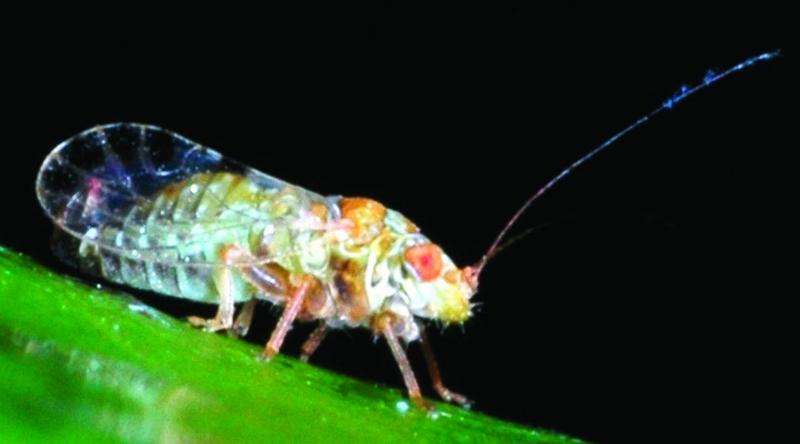Study reveals complications of conservation decisions

Guam-based research on the native Intsia bijuga tree has been published in the current issue of the Journal of Tropical Forest Science (JTFS). The work was performed within the University of Guam's Western Pacific Tropical Research Center (WPTRC), and was designed to reveal how conservationists would do well to keep an open mind when implementing management decisions.
The model species is particularly important to the island of Guam, where the tree is called ifit and has been designated as the official territorial tree. As in other regions where it is native, ifit wood commands reverence for its quality for construction, furniture, and artisan uses. The historical and current population of the species is exemplary of trends in tropical forest health in general. The species was widespread in Guam's forests historically, but is represented today with isolated rare occurrences of very old trees showing no substantial recruitment. The lack of natural recruitment worries contemporary ecologists because the population will continue to dwindle unless conservation intervention is employed to reverse or manage the trend.
"We noticed two interesting highlights within this Guam-based article," said Sarifah KA, editor for JTFS. "First, many decisions in silviculture are focused on the single objective of maximizing tree growth, and this article reveals that this one-sided approach to management decisions may compromise success," said Sarifah. Silviculture is the science and art of growing and caring for forest crops. The publication conveyed the trade-off between the positives of increasing tree growth by controlling insect damage and the negatives of reducing wood density as a consequence.
"The second important component of this article is how it provides a case study where research to support historically legislated conservation projects is lacking," said Sarifah. The government of Guam enacted Territorial Public Law 21-54 in 1991, which set aside 20 hectares for plantation-style production of ifit trees. This 24-year-old law has never been acted upon and no research has been initiated to help managers achieve the legislated goals. "Conservation investments require substantial commitment, and government agencies and law-makers do not improve conservation efforts if they initiate projects with no clear plan of implementation," said Sarifah.
The ifit research was conducted by Thomas Marler, ecologist with the WPTRC. The Guam insect that reduces ifit tree growth is a native insect called a psyllid. This system is an example that perplexes conservationists because the native tree may be more valuable economically, but it is not more valuable ecologically than the native insect. Indiscriminate control of the insect pest may benefit the native tree, but certainly does not benefit the native insect. This case study shows that appropriate balance between silviculture and ecology is often difficult to achieve during rare species recovery efforts.
Provided by University of Guam




















